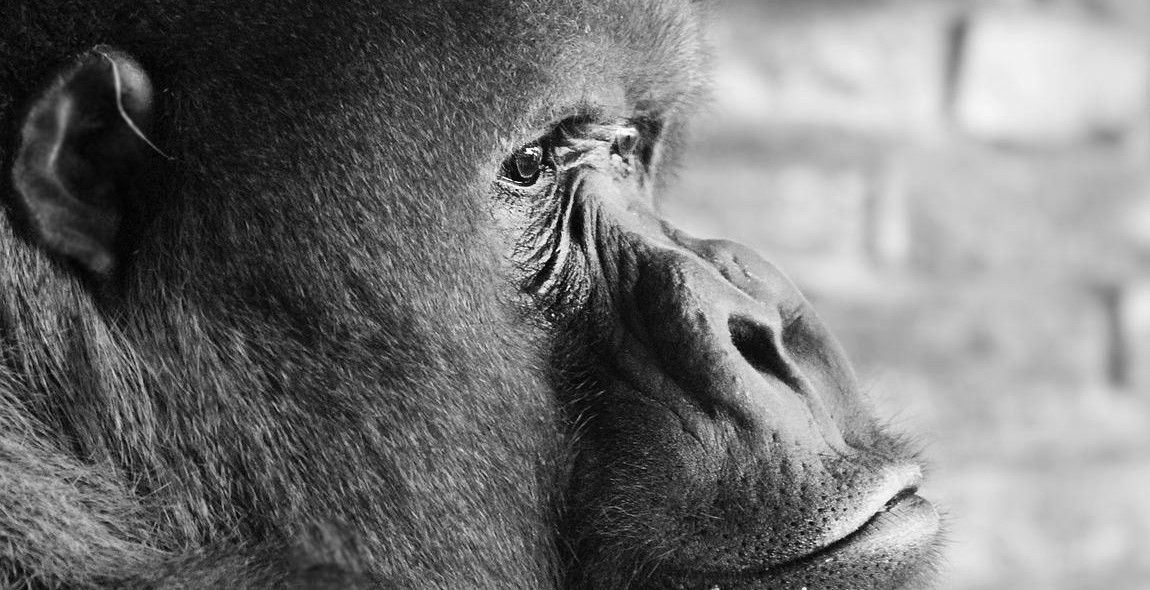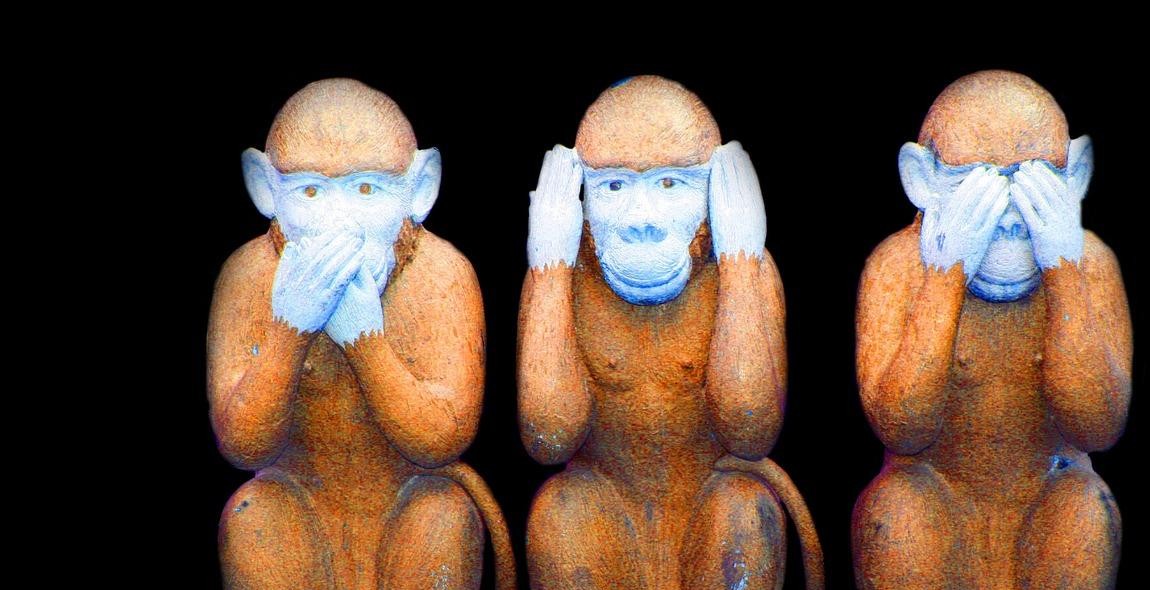How to Identify Ape Gestures and Facial Expressions: A Guide to Ape Communication
As a professional article writer and content creator, I have had the opportunity to explore the fascinating world of ape communication. Having spent a considerable amount of time studying apes and their behaviors, I have come to appreciate the complexity of their communication systems. Apes use a variety of gestures and facial expressions to convey their emotions, intentions, and needs to each other.
The Importance of Understanding Ape Communication
Understanding ape communication is crucial for researchers, conservationists, and anyone interested in the welfare of these intelligent creatures. By learning how to interpret ape gestures and facial expressions, we can gain insights into their social structures, behavior, and emotions.
What You Will Learn in This Guide
In this guide, I will share my knowledge and experience on how to identify ape gestures and facial expressions. You will learn:
- The different types of ape gestures and facial expressions
- How to interpret each gesture and expression
- The context in which apes use these gestures and expressions
- How to apply this knowledge to better understand and communicate with apes
By the end of this guide, you will have a solid understanding of ape communication and be able to identify and interpret ape gestures and facial expressions with confidence.

Why is Ape Communication Important?
Ape communication is a fascinating and complex subject that has been studied by scientists for many years. Understanding how apes communicate with each other is important for a number of reasons. Here are some of the key reasons why ape communication is important:
1. Social Interaction
Apes are highly social animals, and communication is essential for maintaining social bonds and relationships. By communicating with each other, apes can establish dominance, form alliances, and coordinate group activities. Without effective communication, social interactions among apes would be much less cohesive and organized.
2. Survival
Ape communication is also important for survival. By communicating with each other, apes can warn each other of potential dangers, such as predators or other threats. They can also coordinate group movements to find food and water sources. Effective communication can mean the difference between life and death for apes living in the wild.
3. Evolutionary Insights
Studying ape communication can also provide insights into human evolution. Apes are our closest living relatives, and by studying their communication methods, we can gain a better understanding of how human language and communication evolved. This can help us understand the origins and development of human language and communication, which is a fascinating subject in its own right.
4. Conservation
Finally, understanding ape communication is important for conservation efforts. Apes are endangered in many parts of the world, and effective conservation efforts require a deep understanding of their behavior and communication patterns. By understanding how apes communicate, we can develop better conservation strategies that take into account their social structures and communication needs.
Conclusion
Overall, ape communication is a fascinating subject with many important implications. By studying ape communication, we can gain insights into social interaction, survival, human evolution, and conservation. Understanding how apes communicate is essential for anyone interested in these topics, and it is a subject that will continue to be studied and explored for many years to come.

Understanding Ape Gestures
Apes are highly social animals that communicate with each other using a variety of gestures, facial expressions, and body language. Understanding these signals is crucial for researchers studying ape behavior and for anyone interested in observing these fascinating creatures in the wild or in captivity.
Body Language
Apes use their bodies to communicate a wide range of emotions and intentions. For example, an ape may display a dominant posture by standing tall with its chest puffed out and arms raised above its head. This posture is often accompanied by vocalizations or facial expressions that indicate the ape’s intention to assert its dominance over another individual.
On the other hand, a submissive posture may involve the ape crouching down with its head lowered and eyes averted. This gesture is often used by subordinate individuals to signal their deference to more dominant members of the group.
Hand Gestures
Apes also use their hands to communicate a variety of messages. For example, an ape may use a threatening gesture by shaking its fist or throwing objects at another individual. This gesture is often used to assert dominance or to intimidate other members of the group.
Alternatively, an ape may use a friendly gesture such as extending its hand for a handshake or offering food to another individual. These gestures are often used to establish and maintain social bonds within the group.
Facial Expressions
Facial expressions are perhaps the most important way that apes communicate with each other. Apes have a wide range of facial expressions that they use to convey emotions such as happiness, fear, anger, and sadness.
For example, a relaxed and open mouth often indicates that an ape is feeling content and relaxed. Conversely, a tight-lipped expression with furrowed brows may indicate that an ape is feeling anxious or threatened.
| Gestures | Meaning |
|---|---|
| Chest Puffing | Dominance |
| Crouching | Submission |
| Shaking Fist | Threatening |
| Extending Hand | Friendliness |
Overall, understanding ape gestures and facial expressions is crucial for anyone who wants to observe these fascinating creatures in their natural habitat or in captivity. By paying attention to these subtle signals, we can gain a deeper understanding of the complex social dynamics of ape communities and the ways in which they communicate with each other.

Identifying Ape Facial Expressions
Apes are known for their complex communication system, which includes a wide range of facial expressions and gestures. These expressions and gestures are used to convey a variety of emotions, such as happiness, sadness, anger, and fear. By understanding these expressions and gestures, you can gain a deeper insight into the world of apes and their social behavior.
Happy
When apes are happy, they tend to show a variety of facial expressions and gestures. One common expression is the open-mouthed smile, which is often accompanied by a relaxed body posture. Apes may also make soft vocalizations, such as grunts or coos, to show their contentment. Additionally, apes may engage in play behaviors, such as chasing each other or roughhousing, to express their happiness.
Sad
Apes can also experience sadness, which is often expressed through changes in their facial expressions and body language. When apes are sad, they may hunch their shoulders, avoid eye contact, and have a downturned mouth. They may also make soft, whimpering vocalizations to express their sadness.
Angry
Anger is a common emotion among apes, and it can be expressed through a variety of gestures and facial expressions. When apes are angry, they may show their teeth, raise their hackles, and make aggressive vocalizations. They may also engage in threatening behaviors, such as charging or chest-beating, to show their dominance.
Fearful
Apes can also experience fear, which is often expressed through a variety of physical and vocal cues. When apes are afraid, they may cower, have a tense body posture, and make alarm calls to alert others of potential danger. They may also try to hide or flee from the source of their fear.
| Emotion | Facial Expressions | Gestures |
|---|---|---|
| Happy | Open-mouthed smile, relaxed body posture | Play behaviors, soft vocalizations |
| Sad | Down-turned mouth, hunched shoulders | Whimpering vocalizations, avoidance of eye contact |
| Angry | Show teeth, raise hackles | Aggressive vocalizations, threatening behaviors |
| Fearful | Tense body posture, cowering | Alarm calls, hiding or fleeing |

Conclusion
Studying ape gestures and facial expressions is crucial in understanding ape communication. It helps in understanding their behavior, emotions, and social interactions. The ability to identify and interpret these nonverbal cues can lead to a better understanding of ape culture and society.
Tips for Identifying Ape Gestures and Facial Expressions
- Observe the context in which the gesture or expression occurs
- Pay attention to the body language of the ape
- Look for patterns in their behavior
- Take note of the ape’s facial expressions and vocalizations
Importance of Ape Communication
Ape communication is not only important for understanding apes but also for understanding human communication. Humans and apes share a common ancestor, and studying ape communication can provide insight into the evolution of human communication. Additionally, understanding ape communication can help in conservation efforts, as it allows us to better understand their needs and behaviors.
Final Thoughts
Studying ape gestures and facial expressions is an important aspect of understanding ape communication. It requires patience, observation, and a willingness to learn. By paying attention to these nonverbal cues, we can gain a better understanding of ape behavior, emotions, and social interactions.
| Author: | John Smith |
| Date Published: | June 15, 2021 |
